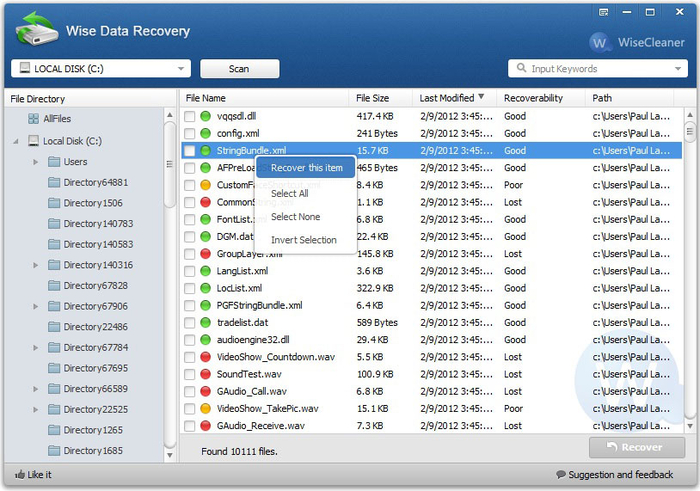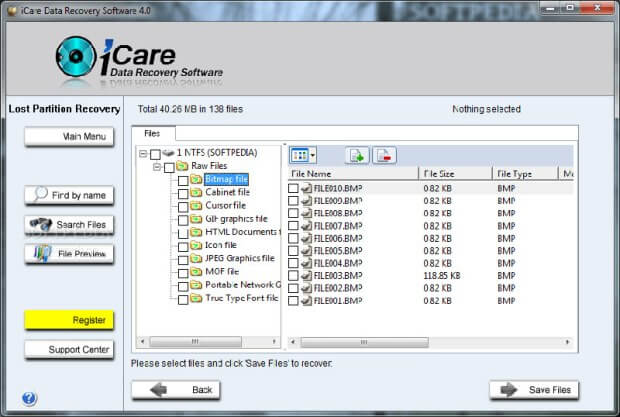

After finding these files, the virus encrypts their content with the help of AES CBC 256-bit encryption algorithm. It is now known that CryptoWall 3.0 virus is specifically looking for these file extensions: 3fr, accdb, ai, arw, bay, cdr, cer, cr2, crt, crw, dbf, dcr, der, dng, doc, docm, docx, dwg, dxf, dxg, eps, erf, indd, jpe, jpg, kdc, mdb, mdf, mef, mrw, nef, nrw, odb, odm, odp, ods, odt, orf, p12, p7b, p7c, pdd, pef, pem, pfx, ppt, pptm, pptx, psd, pst, ptx, r3d, raf, raw, rtf, rw2, rwl, srf, srw, wb2, wpd, wps, xlk, xls, xlsb, xlsm, xlsx, etc. If any of the previously mentioned viruses infiltrate the system, they typically start by scanning and encrypting the predetermined files.

In this article you will learn all about how this virus works, how it infiltrates computers and, finally, how can an infected user remove CryptoWall 3.0 from the computer without inflicting more damage.ĬryptoWall 3.0 is a malicious ransomware virus which encrypts hundreds of file extensions and demands that their owners pay for their decryption. Otherwise, you can be left without your important documents, photos, video files and similar data. If you want to avoid such issues, you should try your best when preventing CryptoWall 3.0 and previous its versions, such as Cryptowall, Cryptolocker, CTB Locker, etc from infecting your PC. This threat has no problem blocking your files, blackmailing you and feels no shame leaving its victims penny-less. What is CryptoWall 3.0 virus? CryptoWall 3.0: the main features of the famous ransomware spin-offĬryptoWall 3.0 virus is a dangerous ransomware which can easily lead you to lots of trouble.


 0 kommentar(er)
0 kommentar(er)
